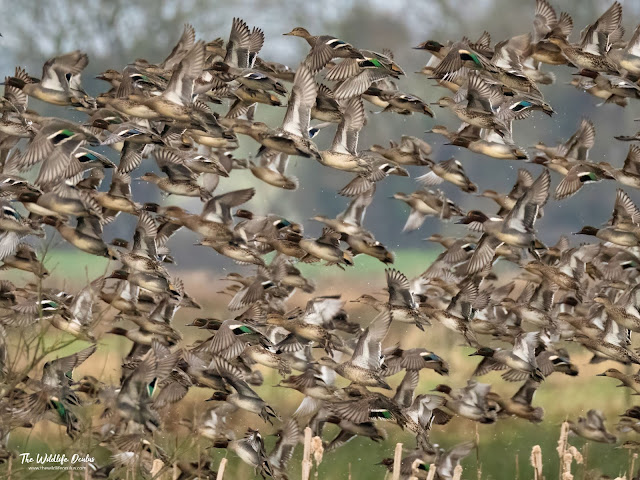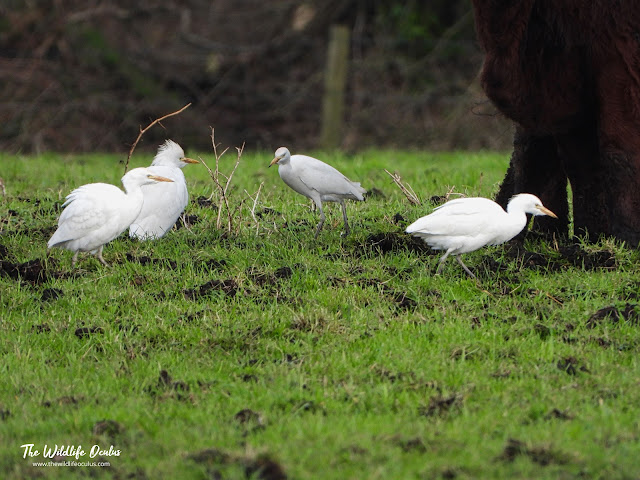Out for a duck
 |
| Close up on a watchful Teal |
I've been in need of some serious bird therapy lately with the stresses and strains of life getting the better of me. So when my friend Paul Joy suggested to take me on a trip to the Somerset Levels on a duck photo hunt then I was not going to turn him down.
As ever we were up at stupid o'clock and began our journey across to England from Wales in the dark. Whilst en-route the skies were getting brighter and despite cloudy skies the eastern horizon was turning a rather nice shade of pinky purple. The colour was apparently due to Saharan sand in the clouds. It looked pretty amazing.
Paul found a spot for me to put the drone up and for a quick flight.
 |
| Amazing skies over the Somerset Levels |
From up on high the sky was absolutely stunning. The picture above was taken at sunrise. The sun hardly put in an appearance but it did a good job of backlighting the clouds and the colours were amazing.
Our first destination was a RSPB Nature Reserve called Greylake. Its renowned for having huge amounts of wildfowl during the winter.
Well when we arrived at the first hide aptly named the "Look Out", we did exactly that. We were going to be in for a shock - there was not a duck insight!
I am jesting around - in truth I have never see so many ducks in my life.
 |
| Ducks everywhere |
We spoke to some fellow photographers and one of them showed me a picture of a Hen Harrier ( Ringtail - female bird) he had seen a little earlier, which was amazing. There were birds as far as the eye could see. Huge numbers of Teal and Wigeon ducks were present. Mixed in with them were Pintail, Mallards, Gadwall and Shoveler Ducks.
On the wader front there were huge numbers of Lapwings which were either roosting on the marshes or airborne in huge flocks. Harder to spot were the masters of camouflage of the wader world - Snipe. The harder we looked along the scapes and edges of reeds the more we spotted.
 |
| Snipe pick spots on the Marsh where they can just blend in. |
Suddenly it was like a massive explosion had gone off and the previously calm marshland became a riot of frightened wildfowl. I could not believe my eyes - the sky was just rammed with birds flying around in a panic.
 |
| Ducks hit the panic button |
 |
| Lapwings were in big numbers |
 |
| A Marsh Harrier quarters the reeds. |
 |
| Cattle Egrets |
 |
| Marsh Harrier (Male) |
 |
| Marsh Harrier (female) trying to find a weak duck in amongst the flock |
 |
| Chiffchaff |






Comments
Post a Comment